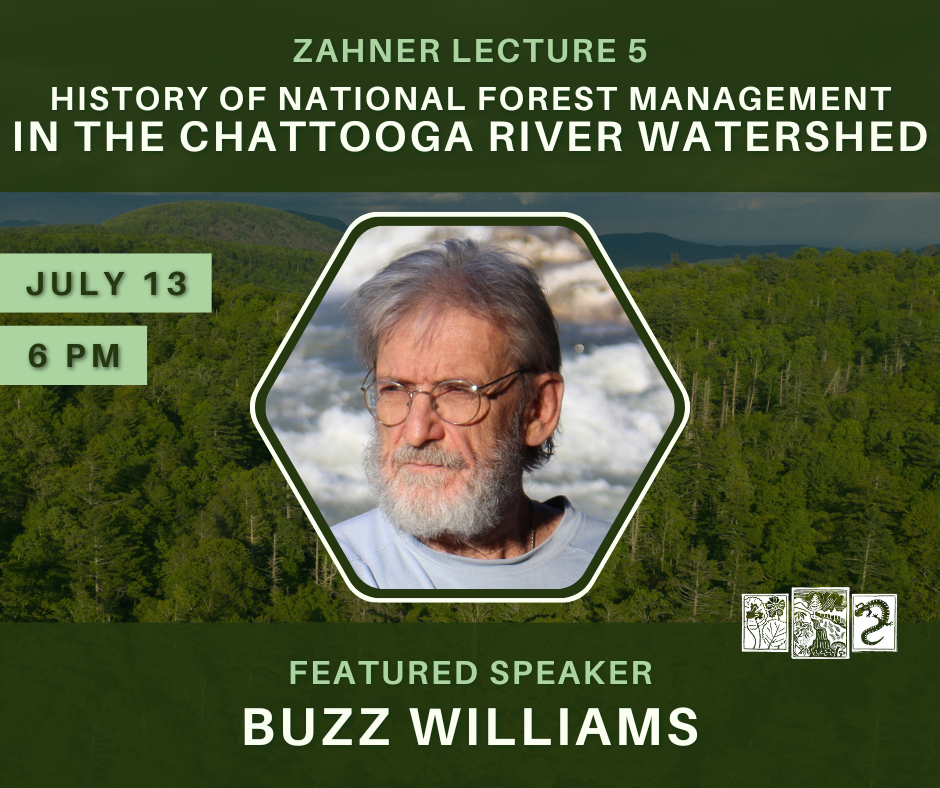Introduction to Brightfield and Fluorescence Microscopies
Highlands Biological Station 265 North 6th St, HighlandsInstructor: Dr. Bob Youker (Western Carolina University) In this lecture/lab course, students will learn how to prepare their field samples for brightfield and fluorescence microscopic examination. Students will also learn how microscopes generate images, the experimental conditions needed for optimal imaging of their specimens, and learn basic image processing techniques for analysis. The course will be a combination of lecture and hands on specimen preparation and imaging (lab). Students can either provide specimens from their field research, or work with the instructor to collect rotifers and other aquatic micro-invertebrates from the field to use in the lab portion. Lab time will be centered on learning the parts and functions of modern brightfield and fluorescence (widefield & confocal) microscopes, preparing specimens (e.g., staining with fluorescent dyes), and acquiring images of their specimens for analysis. Students will learn to acquire images using a widefield fluorescence microscope and take a “field trip” to WCU to use the state-of-the-art Leica Stellaris 5 confocal microscope. We will also discuss some other modern approaches to fluorescence microscopy, such as electron and super-resolution microscopies. Each student will prepare a final report that compares brightfield to fluorescence images taken of their samples. The student will explain in detail the features observed using both methodologies and the advantages and disadvantages of each method. The student will also give a short oral presentation on one microscopic technique not covered in the course and this topic will be selected from a list provided by the instructor. Pre-requisites: Introductory biology sequence For more information, visit https://highlandsbiological.org/summer-2023-academic-courses/.

Zahner Lecture 5
Highlands Nature Center 930 Horse Cove Rd., HighlandsLecture 5 - History of National Forest Management in the Chattooga River Watershed, and the Compelling Case for a New Mission for the Forest Service Featured Speaker: Buzz Williams; Emeritus Executive Director & Program Specialist, Chattooga Conservancy Date: Thursday, July 13th Time: 6pm – 7pm Cost: FREE Sponsored by Bryding Adams & Bob Rathburn, Lynda Anderson & Ken Conover, Margie Bauer & Jim Parker, Janet & Scott Clarke, Leslie & Jim Costa, Diane Lennox & Paul Manos, Helen & Russ Regnery, and Dollie Swanson. National forest lands in the Highlands-Cashiers Plateau encompass a very sensitive and ecologically rich landscape. These forests are critical for recreation, preserving biological diversity, protecting drinking water supplies, producing clean air—and now, for fighting climate change. These forests are managed by the Forest Service under the US Department of Agriculture and are subjected to intensive logging and cultivation as tree crops. Recently, the Forest Service decided to cut down rare old-growth trees and increase the amount of logging on public lands in western NC. Scientific research indicates that logging on federal forests is a substantial source of carbon dioxide emissions into the atmosphere. Recent studies also found that one of the best ways to mitigate the effects of climate change is by restoring and protecting mature and old-growth forest ecosystems, which store large amounts of carbon. This talk will provide an overview of national forest management in the Chattooga River watershed, and why mitigating the effects of climate change requires a new mission for the Forest Service—one that prioritizes protecting and restoring a network of mature and old-growth forest ecosystems, to ensure biological diversity and management aimed at fighting climate change.

Recent Comments